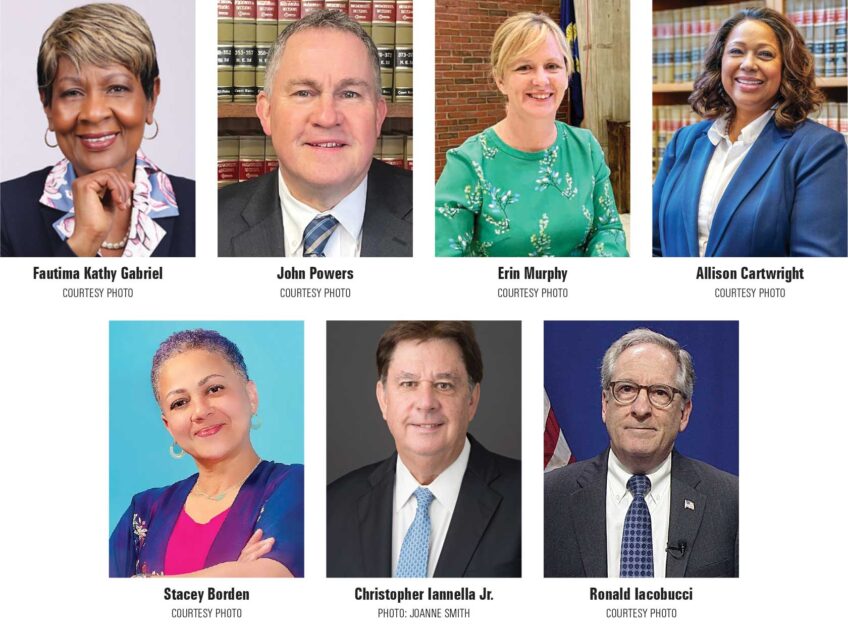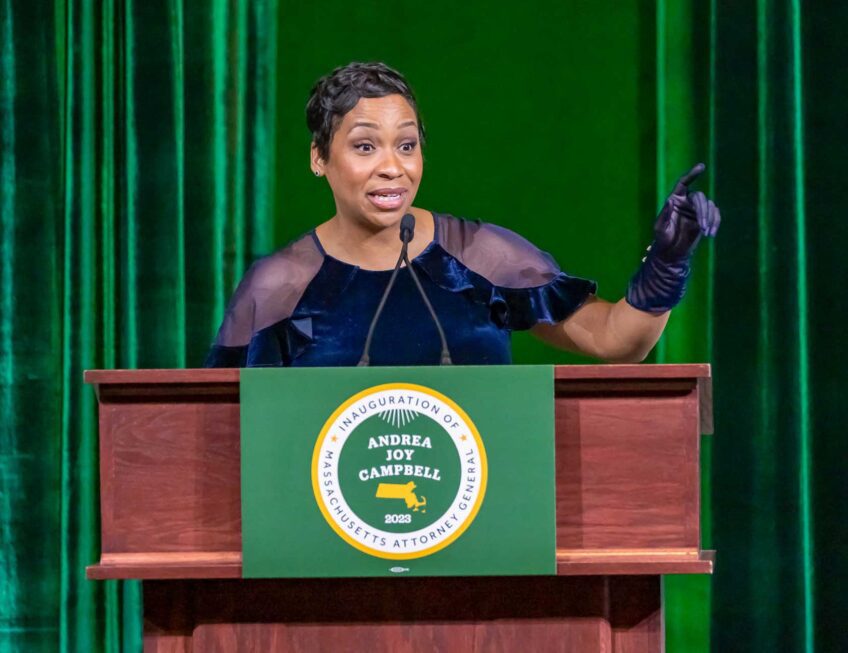
Boston City councilors passed a resolution last week calling on the administration of Mayor Michelle Wu to increase the percentage of affordable housing required in new housing developments to 20% from the current 13% and to lower the building-size threshold at which the policy takes effect from nine units to five units.
The resolution also directs the Wu administration to shift the city away from using the HUD-designated area median income (AMI) — which for an individual stands at $98,150 — and instead base affordability on the average income of the neighborhood in which a housing development is built.
District 5 Councilor Kendra Lara, who co-sponsored the resolution with at-large Councilor Ruthzee Louijeune, said the city is overdue for a revision to its policy, which was last updated in 2015.
“It was due for an update in 2018,” she said. “We are now four years overdue for an update, and every month that goes by, more luxury developments are being approved. We’re losing the chance to get long-term affordable units we need to stabilize our neighborhoods.”
The Wu administration has conducted a study to investigate the feasibility of increasing the percentage of affordable units required under the city’s Inclusionary Development Policy. Wu pledged to increase the IDP to 20% while campaigning for the mayor’s office last year.
In a statement sent to the Banner by a spokesperson, Wu gave no indication she is willing to take immediate action.
“We are grateful to the City Council for their partnership in advancing housing affordability as the foundation for our growth as a family-friendly city,” the statement reads. “Earlier this year, the administration launched a formal study of the impacts on housing production and project feasibility to consider potential changes to Inclusionary Development and Linkage programs. We look forward to sharing these findings once the study is complete and taking action in the near future.”
Lara said that the city’s residents can’t wait for a new study to be completed.
“If we wait another six to nine months to change our Inclusionary Development Policy, thousands of new units are going to come to be, and we’re not going to be meeting the housing crisis with urgency that it requires,” she said.
There are more than 2,000 units permitted for construction over the next year in Boston. Additionally, there are major development projects such as Dorchester Bay City and Suffolk Downs, which could bring thousands more units online in the coming years. At the same time, councilors said, the city is in the midst of an affordability crisis.
“We see evictions are increasing,” Louijeune said. “Income inequality is an issue of course, and we have people day in and day out moving out of the city because it is too expensive. This is one of the tools that we have squarely within our toolbox as a city to try to help affordability.”
District 1 Councilor Gabriela Coletta said the average East Boston resident earns just 50% of the area median income.
“We know that Eastie’s displacement crisis is exacerbated by the fact that AMI requirements do not reflect the needs of our neighborhood,” she said.
District 9 Councilor Liz Breadon, who represents Allston and Brighton, said her neighborhood also is seeing increased development, with 7,000 units due to come online there in the coming months and years. But just 14% of the units will be deeded affordable.
“This is insufficient to meet the needs of Allston and Brighton residents,” she said.
Breadon also noted that two-thirds of the units proposed for her neighborhood are one-bedrooms, studios or single-room-occupancy units. Three-bedroom units, favored by most families, make up just 3% of the units in the development pipeline.
“Multi-bedroom units have largely been excluded from new developments,” she said.
The Council passed the resolution unanimously with a voice vote.







